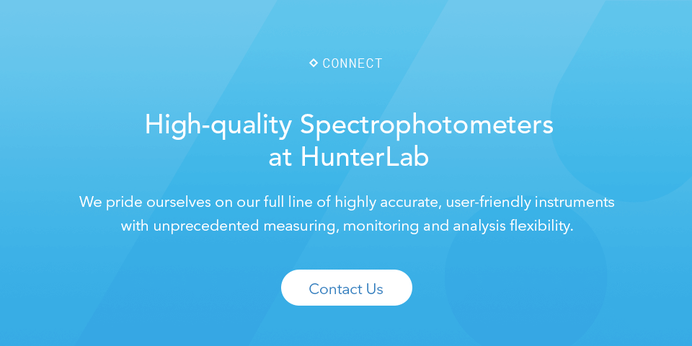
UV sensors are offering consumers an innovative and simple way of protecting their health. Image Source: Unsplash user Giammarco Boscaro
Photochromic color change—where a product changes color due to UV exposure—isn’t just a novelty as seen in products like color changing t-shirts or cosmetics. A growing number of companies are harnessing the power of photochromic color change to create UV sensor products designed to warn users of excess sun exposure. One such product is UV wristbands; after putting these wristbands on, you apply sunscreen to both yourself and the band. As UV exposure increases with prolonged time in the sun, the wristband turns from a light, nearly translucent color to a deep purple, indicating that you should apply more sunscreen. When the band turns cream color, it acts as a warning to the user to get out of the sun entirely.
At a time when 3.3 million people suffer from some form of skin cancer each year, often related to sun exposure, these innovative UV sensor products offer consumers a new way to protecting their health and wellbeing.1 However, the company’s ability to guarantee correctness of UV indication is critical and the efficacy of these products hinges on thorough testing by manufacturers to ensure that color change is noticeable, easily interpreted, and correctly timed. One of the key ways manufacturers can evaluate the efficacy of their products is by integrating spectrophotometric color measurement within their production process, allowing for deeper insight into color behavior.

80% of UV rays penetrate cloudy skies, which means sun damage is always a risk. Image source: Unsplash user Pete Bellis



